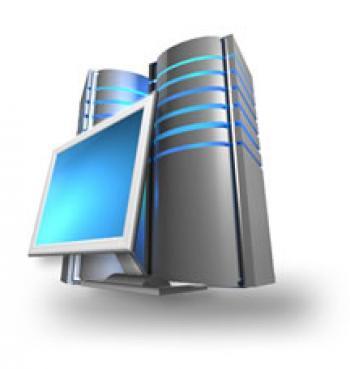The contemporary market is being fundamentally reshaped by several powerful Host Computers Market Trends that are pushing the technology to become more specialized, efficient, and automated. These trends are not occurring in isolation but are part of a broader industry response to the changing nature of applications and the growing need to manage IT infrastructure at an unprecedented scale and level of complexity. The era of the general-purpose, one-size-fits-all server is waning, being replaced by a more nuanced and intelligent approach to designing and deploying the foundational compute resources that power the digital world, focusing on performance, sustainability, and agility.
Among the most significant technological trends is the move towards workload-optimized architectures. Instead of relying solely on general-purpose CPUs, there is a clear trend of integrating specialized hardware accelerators directly into host computer designs. This includes the widespread adoption of GPUs for AI and high-performance computing, DPUs and SmartNICs to offload networking and security tasks from the CPU, and custom-designed ASICs for specific applications. Another critical trend is the intense focus on sustainability and energy efficiency. This is driving rapid innovation in areas like liquid cooling, which is far more efficient than traditional air cooling, and the rise of more power-efficient processor architectures, such as those based on ARM, particularly within hyperscale data centers.
Overarching these hardware trends are several key strategic shifts. The adoption of hybrid and multi-cloud strategies is now the default for most enterprises. This is the single most dominant trend, compelling all major vendors to provide management tools and consumption models that can span both on-premises and public cloud environments seamlessly. This has given rise to a new category of "as-a-service" offerings for on-premises hardware. Finally, security is an ever-more critical trend, with a strong focus on building security directly into the silicon and firmware of the host computer. The concept of a hardware "root of trust" is becoming a standard feature, providing a secure foundation to protect systems from sophisticated, low-level cyberattacks.

